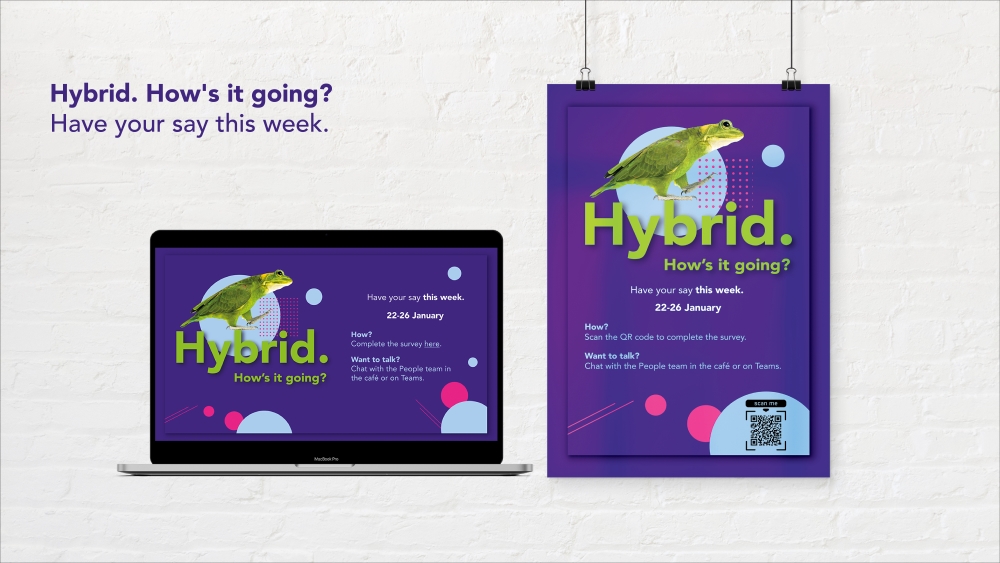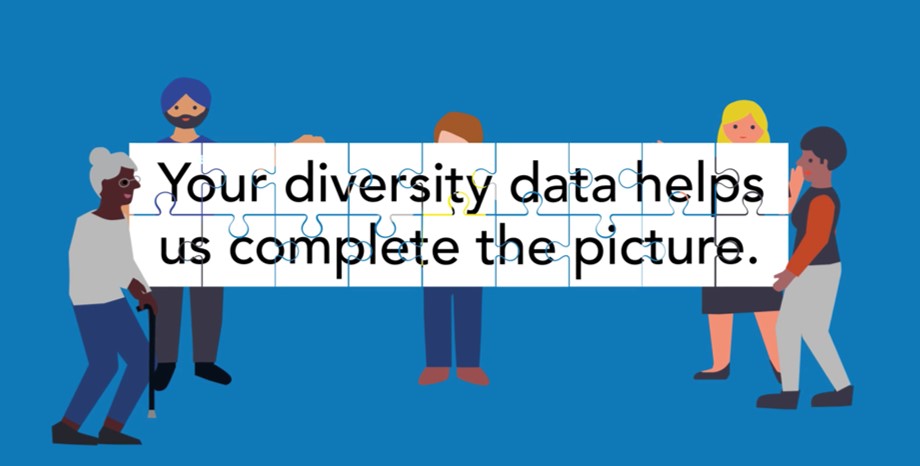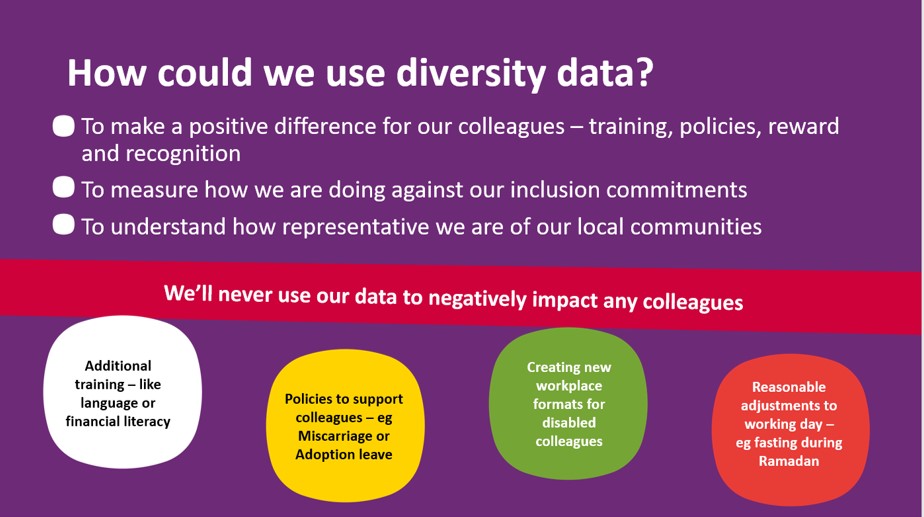How can you increase the number of people who take an action you need? Whether it's responding to a survey, downloading new software, completing an audit, or anything else... you need people to do something but it's hard to get engagement. Here's a simple and effective nudge to boost collective action!
Timeboxing as a productivity hack
You know that lurking task you don’t want to do?
Perhaps there’s a small job, or a really boring one, or the thing that’s never quite as urgent as other stuff. Or perhaps it’s too big to know where to start… the one that makes you want to stick your head in the sand instead. There’s always something you know you have to tackle at some point… but maybe you’ll start tomorrow.
Timeboxing[1] is a well-known productivity hack (among many others). It’s a simple idea: assign jobs to a fixed timeslot. And stick to it.
It’s effective, because it helps you to focus on a single task, prioritise, and work to a deadline. And it’s particularly good for jobs that need doing but have no specific timeframe attached. It reduces spillover and helps you manage distractions.
If used with a calendar that’s visible to others, it can also help communicate priorities and task-focus to colleagues, with the benefit of giving you some accountability too.
Beyond personal use: timeboxing for collective action
So can timeboxing be used for prompting action for groups, or across organisations?
There are many occasions when an organisation needs to make a collective action happen. Perhaps it’s getting everyone to move to a new password manager, or to refresh their health and safety training, or to check they know how to report a concern. Perhaps you need to make sure managers have the up-to-date process and forms for appraisals, or you need to ensure recruiting managers are following inclusive hiring protocols.
Whatever the action is, giving a specific timeframe for everyone to do it together is a highly effective way to boost action.
How does this work?
Using timeboxing to boost action in five easy steps
Timeboxing for collective action is a straightforward tactic – here are five easy steps for using it effectively …
1. Define the action
What exactly do you want people to do? Identify a single action, and make it focused and specific. If possible, make it short, manageable and easy to do.
For example, you could be asking colleagues to fill in a diversity audit form, complete a 10-minute health and safety refresher course, download a new tool, respond to a survey on hybrid working, or check they have the latest virus protection software.

You can play with incentives to make the action more appealing – perhaps people will be entered into a ballot or rewarded with vouchers for a nearby cafe. Or you could gamify the requested action by using a leader board or by unlocking a fun online activity.
Try to identify ways to make your campaign measurable. How will you know if people have done what you need?
2. Identify the time window
Set a date and time when you’re asking people to take the action.
Then give the window a name. Perhaps you have a ‘Health and safety day’ or a ‘#healthyworkinghabits week’. This creates identity, makes it memorable, and adds a sense of expectation and authority from the business.
3. Get influencer buy-in
Getting endorsement from influencers in the business is hugely effective. If you can ask a senior executive to add their voice to your campaign, perhaps give it some profile in a newsletter or company meeting, all the better.
Often team managers will be a crucial channel for encouraging participation. If you can ask managers to reinforce your request, and send a reminder out during your time window, you’re more likely to influence engagement from team members.
It can work well to have specific messages to managers, making their lives as easy as possible by reminding them at the right time, and providing text they can use for prompting their teams. In your messages, include an explanation of what’s in it for them!.. Why should they be interested, and how will they and their teams’ benefit (even if indirectly because they are making the organisation work better).
4. Communicate widely and build momentum
Let everyone know! Communicate the action and time window, with the timebox campaign name (as above – maybe it’s ‘#healthyworkinghabits week’).
Taking a campaign approach works really well. Have a shareable visual identity – a strong image, or colourful poster-style design – so people recognise it.
Then share the information via your internal channels – this might include email, intranet, Teams, and a mention in the company meeting. Use managers as a key channel too, asking them to remind their teams before and during the timebox window.
Repeat, repeat, repeat! If you only give information once, people won’t remember it. Let them know a while before, then a reminder a week before, and a couple of days before the timebox window. Then send out reminders during the timebox, with a ‘last chance’ message in the afternoon/end of the week.
It’s great if you can give people a live target… “We need x number of colleagues to complete this, and we’re currently on x… we need you!”
Using social proof is very powerful too; people are more likely to do something if we think everyone else is doing it. You could show pictures of other people taking the target action, or share comments, stories, even short videos. Tap into the FOMO!
5. Measure and follow up
You’ve identified (step 1) ways to know if people are doing what you need them to do. So check in on this data and use it. Be responsive during the campaign – if engagement isn’t what you want, find out if there are things you could do to remind people or to remove barriers for them.
And follow up on it afterwards. Send a communication with thanks to your audience. And use the data you’ve gathered to inform future similar campaigns.
Case example: Diversity Day for Co-op
Here’s a nice example of timeboxing.
Co-op knew that having good data about colleague diversity was helping them make positive decisions which benefit everyone. But people don’t like filling in data, and increasing diversity declarations is a well-known challenge.
We used a timeboxing approach to help Co-op increase declarations by a whopping ten percent in one short campaign.
Find out more about how this worked!


- [1] Zao-Sanders, M., How Timeboxing Works and Why It Will Make You More Productive. Harvard Business Review, December 2012, accessed 2024-01-25 [1] https://hbr.org/2018/12/how-timeboxing-works-and-why-it-will-make-you-more-productive
- [2]
